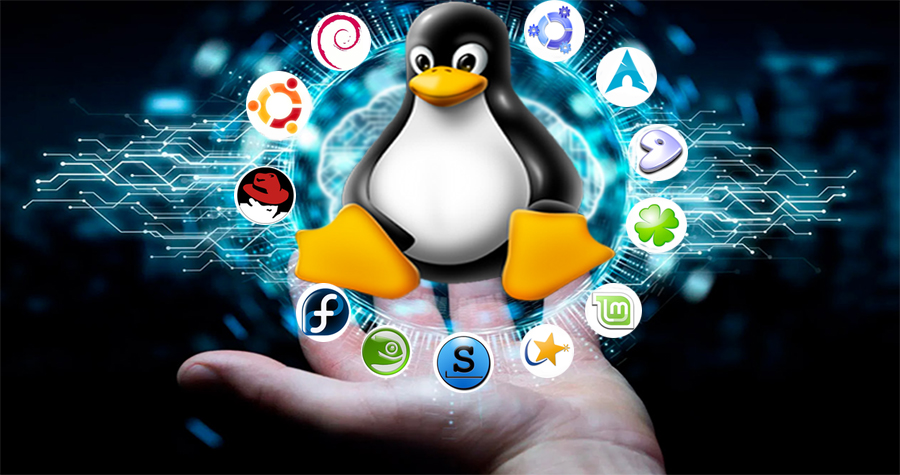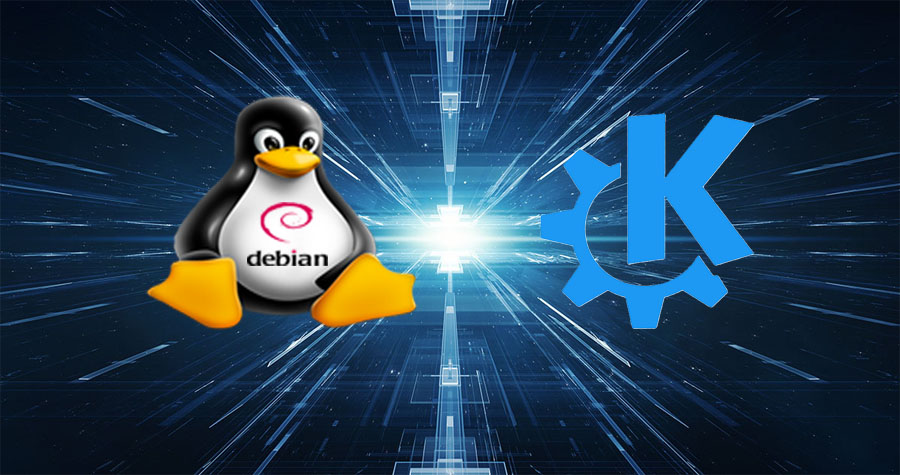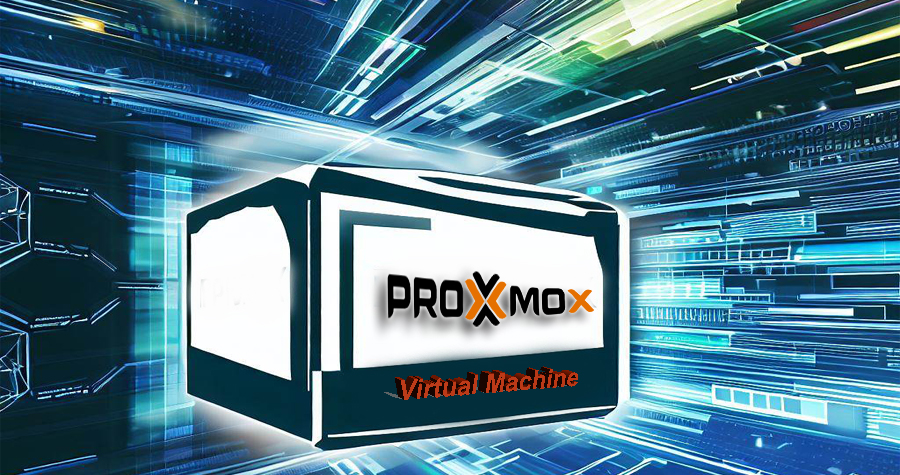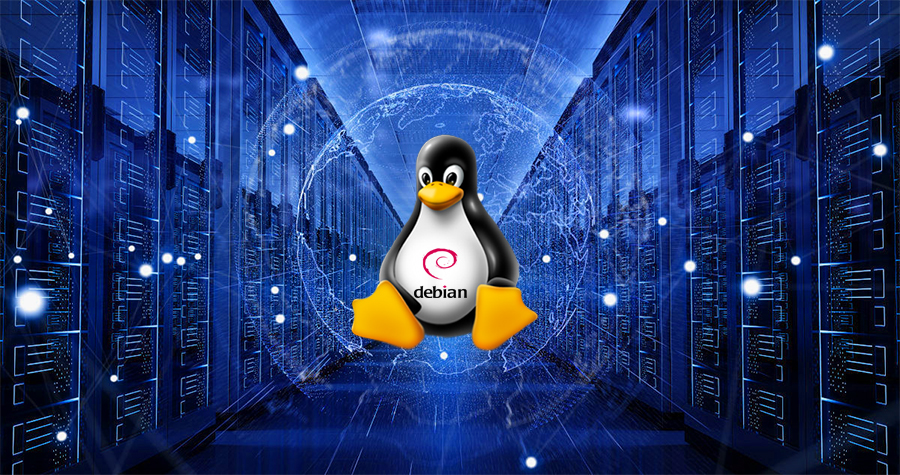GNU Linux is the name that defines a group of operating systems made up of software from the GNU Project and the use of the Linux kernel, although the popular tendency is to call it only “Linux”.
A little history of GNU Linux
In 1975, AT&T’s Bell Laboratories released version 6 of Unix, which was one of the most used and developed operating systems of the time. In 1977 John Lions published notes with the source code of this operating system and these were used in operating systems courses at large universities. When Bell Labs released Unix 7 in 1979, it was prohibited from being used for teaching. In 1984, Professor Andrew S. Tanenbaum began developing his operating system as a clone of Unix for IBM-PCs with Intel 8086 microprocessors, in order to use it in his operating system classes instead of Unix and called MINIX. In 1987, he began using MINIX to teach his students operating system design at Vrije Universiteit in Amsterdam.
On the other hand, Richard Stallman founded the GNU Project and the Free Software Foundations, providing free software with tools and utilities such as bash, emacs, gzip, gcc, as, among others, that facilitated the development of open source software.
Since MINIX was created by Andrew S. Tanenbaum for educational purposes, the professor did not allow this small operating system to be modified too much. This would make the system more complex to study in the operating systems courses that were taught in one semester. For this reason, a Finnish computer science student named Linus B. Torvalds, inspired by MINIX, decided to write his own monolithic operating system kernel, which was compatible with Unix.
On August 26, 1991, Torvalds published this note in the comp.os.minix newsgroup, going down in history:
“I’m making an operating system (free, just a hobby, it won’t be anything big or professional like GNU) for AT 386(486) clones. I’ve been at it since April and it’s starting to get ready. I would like to know your opinion on the things you like or dislike in MINIX, since my OS has some resemblance to it.[…] I have currently ported bash (1.08) and gcc (1.40), and things seem to work. This implies that I will have something practical within a few months…”
After this many people helped with the development and the following official releases were made. 0.01 in September 1991, 0.02 in October 1991, 0.11 in December 1991 and was the first to be self-hosted. Linux 0.11 could be compiled from the Linux 0.11 system itself, while previous versions of Linux were compiled using other systems, mostly MINIX. When the next version was released, Torvalds adopted the license ( GPL ) which allows free modification by users.
To develop and complement the operating system, the MINIX operating system and many tools from the GNU project were used, including the Bash Shell, the GCC compiler, among others.
Linux kernel release timeline
- On March 14, 1994, Linux 1.0.0 was released, which consisted of 176,250 lines of code.
- In March 1995, Linux 1.2.0 was released, which was already composed of 310,950 lines of code.
- May 1996: Torvalds decided to adopt the penguin Tux as a mascot for Linux.
- June 9, 1996: Linux version 2 was released, to positive reception.
- January 25, 1999: Linux 2.2.0 was released with 1,800,847 lines of code.
- December 18, 1999: IBM Mainframe patches for 2.2.13 were released, allowing Linux to be used on corporate computers.
- January 4, 2001: Linux 2.4.0 was released with 3,377,902 lines of code.
- December 17, 2003: Linux 2.6.0 was released with 5,929,913 lines of code.
- May 19, 2008: The Free Software Foundation publishes Linux-libre, a fork of Linux that does not include any proprietary BLOBs, such as device firmware, in its distribution.
- December 24, 2008: Linux 2.6.28 was released with 10,195,402 lines of code.13
- October 20, 2010: Linux 2.6.36 was released with 13,499,457 lines of code.14
- May 30, 2011: Linus Torvalds announced15 that the kernel version will make the jump to 3.0 in the next publication.
- July 22, 2011: Kernel version 3.0 released at http://www.kernel.org
- May 12 and May 13, 2012: Kernel versions 3.3.6 and 3.4-rc7 were released at http://www.kernel.org, respectively.
- February 2, 2015: Version 3.19 was released.
- April 12, 2015: Version 4.0 was released.
- March 27, 2019: Version 5.05 was released.
- August 2, 2020: Version 5.8 announced. Linux Kernel 5.8: “one of the biggest” releases of all time.
All Linux kernel source code is available for download on the official website: http://www.kernel.org
In 1992 the GNU project hosted the Linux kernel and the first GNU Linux distributions appeared.
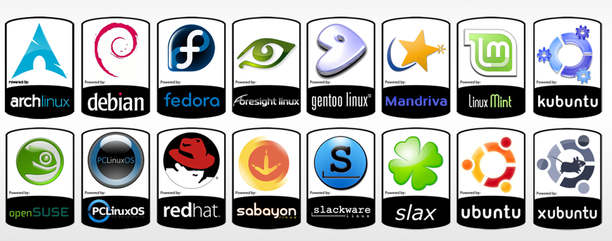
A GNU Linux distribution or distro is a set of software composed of:
- Boot system or operating system bootloader (Grub or Lilo)
- Operating system core or Kernel (Linux)
- Complementary system software (Shell, libraries, desktop environment, etc.)
- Additional utilities (editors, compilers, browsers, media players, etc.)
- Additional software or configurations exclusive to that Linux distribution
This entire set of software allows the use of the computer by users and can be oriented to specific tasks. Some distributions are oriented towards user recreation and can include all the programs necessary to play video and audio, in any format (including proprietary ones). Others are more oriented towards video games (which in this area does require a lot of work in Linux). , others towards security, some to the scientific area, others to education, etc.
These distributions can arise from modifying an existing one or built from scratch, having the Linux kernel as the core of the operating system. These distributions are developed by groups of users or companies that decide to make the changes they deem appropriate, and may include more software to make working with it easier. Since it is distributed in most cases as free software, any user has the freedom to take and modify them to their liking and create new distributions.
The first and most popular GNU Linux distributions
1992 – MCC Interim Linux – Has no official site
– Tamu Linux (First to use a graphical environment) – Has no official site
– Yggdrasil Linux/GNU/X, or LGX (First distribution to be commercial and use a CD-ROM)
– Softlanding Linux System (SLS) – No official site
1993 - Slackware el 16 de julio de 1993 - https://www.slackware.com/
- GNU Debian el 16 de agosto de 1993 - https://www.debian.org/
1994 - Suse basada en Slackware - https://www.suse.com/
- Red Hat noviembre de 1994 - https://www.redhat.com/
1996 - Conectiva (Distribución Brasileña) - No tiene sitio oficial
1998 - Mandrake (Distribución Francesa) - https://www.mandriva.com/
1999 - Corel Linux basada en Debian - No tiene sitio oficial
2000 - Lycoris Desktop/LX -
2001 - RedFlag 2001 primera distribución China - http://www.redflag-linux.com/
- Linux From Scratch (posiblemente la primera que se basa en el código fuente)
http://www.linuxfromscratch.org/
- LinuxPPP 2001 basada en Red Hat (Distribución Mexicana) - No tiene sitio
- Pumix basada en Debian - No tiene sitio oficial
2002 - Ark Linux -
- LinEx primera distribución española -
- Gentoo - https://www.gentoo.org/
- Enoch Linux - No tiene sitio oficial
- Puppy basada en Slackware (Mini distribución) - http://puppylinux.com/
2003 - Knoppix - http://www.knopper.net/knoppix/index-en.html basada en Debian
- Morphix - basada en Debian
- Mepis - https://www.mepis.org/ basada en Debian
- Kanotix - http://kanotix.com/ basada en Debian
- Fedora - https://getfedora.org/ basada en Red hat
2004 - Ubuntu - https://ubuntu.com/ derivada de Debian
- Centos - https://www.centos.org/ basada en Red hat
2005 - Damn Small Linux (DSL) - http://www.damnsmalllinux.org/ basada en Debian
- OpenSUSE - https://www.opensuse.org/
- Kubuntu - https://kubuntu.org/ basada en Ubuntu
- Mandriva Linux - fusión de Conectiva y Mandrake
2006 - Xubuntu - https://xubuntu.org/
- CentOS - https://www.centos.org/
- Debian-Edu
- Linux Mint - https://linuxmint.com/
- Backtrack 2006 - Actualmente descontinuada
2007 - Sabayon Linux
- PCLinuxOS - https://www.pclinuxos.com/
- Arch Linux - https://www.archlinux.org/
- Ubuntu Estudio 2007 - https://ubuntustudio.org/
2008 - CrunchBang Linux - Actualmente descontinuada.
2010 - Peppermint OS - https://peppermintos.com/
- Mageia - https://www.mageia.org/
- Zorin OS - https://zorinos.com/
2011 - Manjaro - https://manjaro.org/
- Elementary OS - https://elementary.io/
2013 - Kali Linux - https://www.kali.org/ derivada de BackTrack y actualmente basada en Debian
- Parrot Security - https://www.parrotsec.org/
2015 - Solus
2018 - Fedora Silverblue - https://silverblue.fedoraproject.org/
- Ubuntu Budgie - https://ubuntubudgie.org/
- Pop!_OS - https://pop.system76.com/
2019 - EndeavourOS - https://endeavouros.com/
2020 - Garuda Linux - https://garudalinux.org/Why are there so many Linux distributions?
Due to the ease of creating a custom distribution, there are hundreds of these, each with its own characteristics that make it different from the others.
New users in the world of Linux find it very complicated to select the distribution to use. Given so many options, it is difficult for them to select which one best suits their needs or which one could have the best performance on their computer.
There are also distributions that can be downloaded freely and others that cannot be downloaded. In some cases there is a charge for the distribution, in others there is a charge for downloading it, and in others a donation is requested. There are distributions in which development is open and anyone can see what is being done and how it is being developed. Also, there are others that do not allow access to their development branches, nor do they provide the source code of their releases and never reveal to others their work. This in many cases falls under the GNU license, but even so, they claim that they comply with the GPL.
There are hundreds of distributions (more than 500) (the number of active distros must be around 350) and many are even about to be released. Each of these has both advantages and disadvantages, it is the user who evaluates which of them best covers all his needs. Which one will work best with, which one will have the best performance on his computer, which one includes the programs he requires, etc., which can be seen as a huge problem but also as a great advantage.
The advantage of there being so many distributions is due to the number of options that a user has when choosing what to install on their systems. But at the same time, it is a complicated decision, given so much variety there is no comparative study of each. One with all its advantages and all disadvantages, there are even very specific distributions for each requirement you have. We have specialized distros for Servers, Desktops, Laptops, old equipment, game consoles, telephone switches, video conferencing, they even exist for other equipment like PDAs, cell phones and whatever we could think of.
Linux is currently one of the most used operating systems in the field of servers. Not so much so in the area of home users, since other systems such as Windows, MacOS more oriented to the end user prevail, although every day Linux wins more land.
The terminal or command line
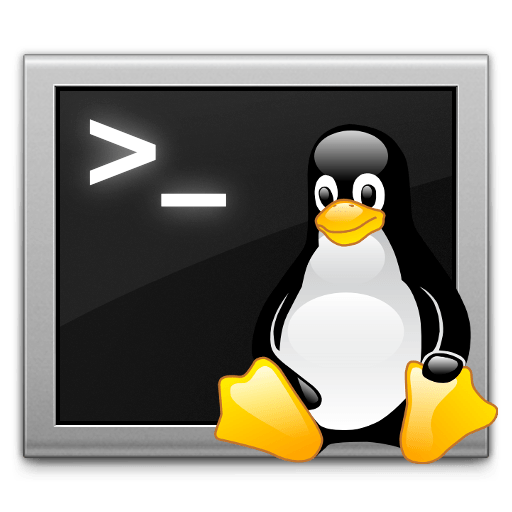
Since its inception, this family of systems remained more used by developers, geeks and advanced users, who made more use of the system in terminal mode than through graphical interfaces, so the delay of Linux in graphical mode had a lot to do with it. Although Linux is not as popular as its equivalents, it still developed a lot in terminal mode, which makes it a good option for servers or low-resource devices.
The graphical environment
Being mostly open source, many graphical and desktop environment systems have been developed such as Gnome, KDE, LXDE, XFACE, Cinamon, among others. Within these, KDE stands out for being one of the most customizable and developed of all.
Photos of desktop environments
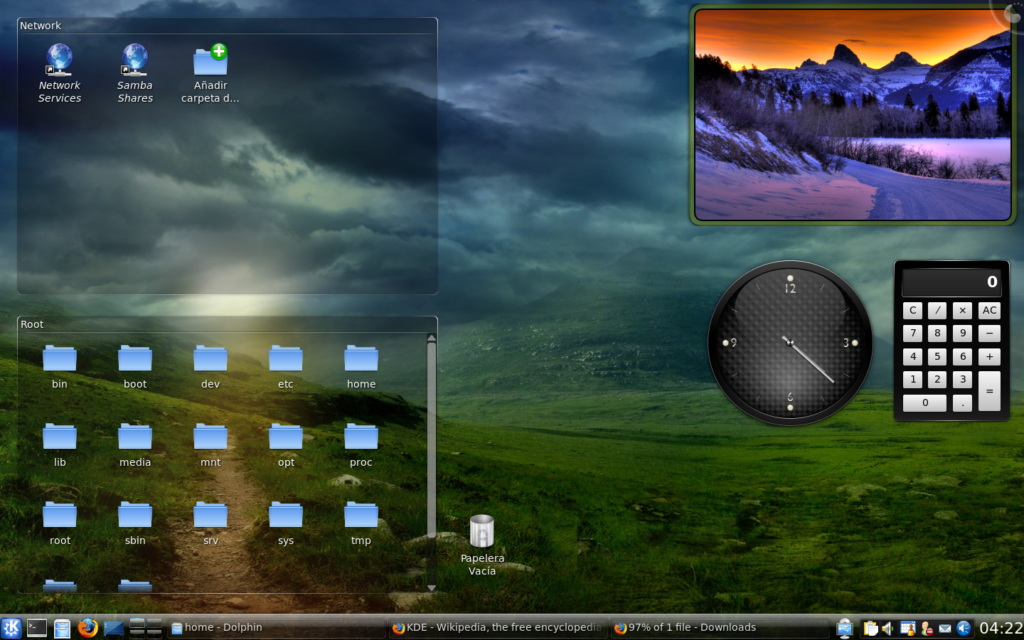
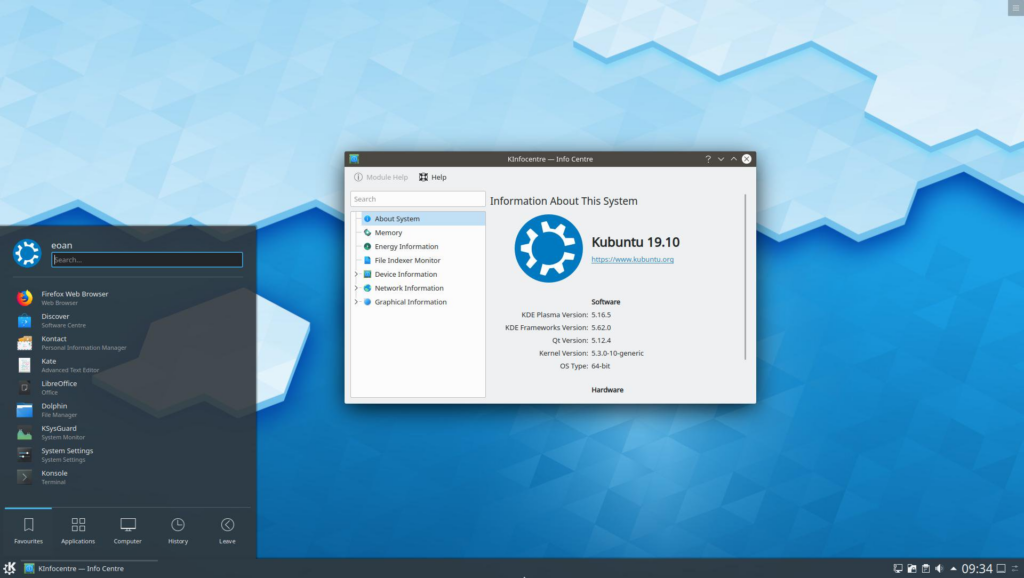
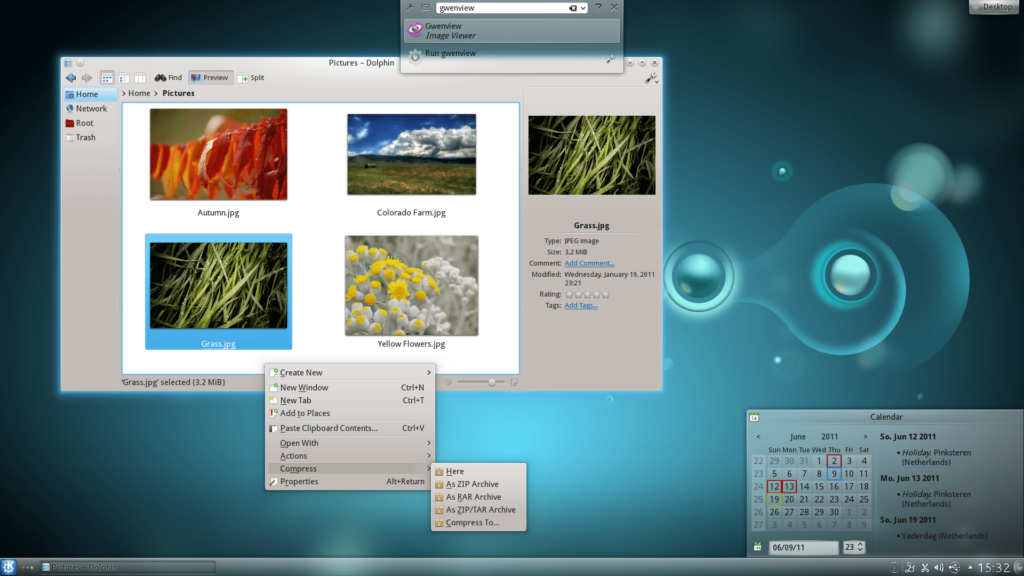
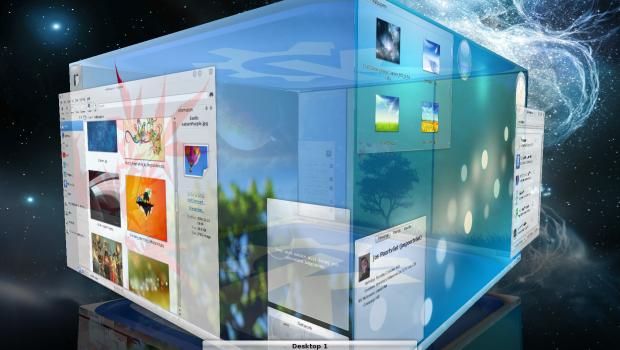

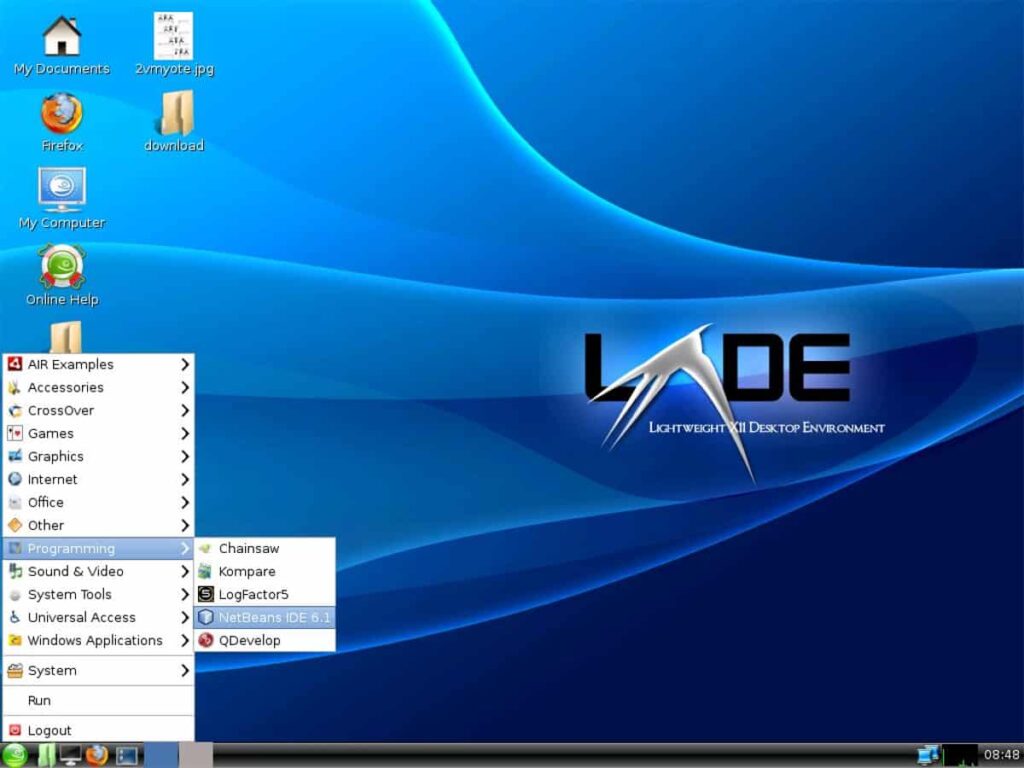


Software and package management
For Linux there are many package and software managers, generally each distribution uses a package manager that allows managing the software, some of them can be
- apt
- apt-get
- aptitude
- yum
- pkg
- synatic
- Ubuntu software center
- apk
Download and installation
Linux ISO Downloads Annex Coming Soon
If you want to learn how to install GNU Linux Debian 12 (Bookworm), we recommend the following article:
If you want to learn how to install GNU Linux Ubuntu, we recommend the following article:
Installation of GNU Linux Ubuntu 20.04 from scratch and step by step


